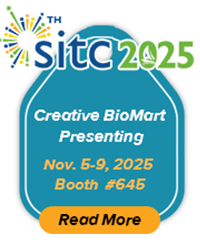NPHS1
-
Official Full Name
nephrosis 1, congenital, Finnish type (nephrin) -
Overview
This gene encodes a member of the immunoglobulin family of cell adhesion molecules that functions in the glomerular filtration barrier in the kidney. The gene is primarily expressed in renal tissues, and the protein is a type-1 transmembrane protein found at the slit diaphragm of glomerular podocytes. The slit diaphragm is thought to function as an ultrafilter to exclude albumin and other plasma macromolecules in the formation of urine. Mutations in this gene result in Finnish-type congenital nephrosis 1, characterized by severe proteinuria and loss of the slit diaphragm and foot processes.[provided by RefSeq, Oct 2009] -
Synonyms
NPHS1;nephrosis 1, congenital, Finnish type (nephrin);CNF;NPHN;nephrin;nephrin;renal glomerulus-specific cell adhesion receptor
Recombinant Proteins
- Mouse
- Human
- Zebrafish
- Rat
- E.coli
- HEK293
- Mammalian Cells
- Wheat Germ
- GST
- His
- Avi
- Fc
- Non
- T7
- SUMO
Background
What is NPHS1 protein?
NPHS1 gene (NPHS1 adhesion molecule, nephrin) is a protein coding gene which situated on the long arm of chromosome 19 at locus 19q13. This gene encodes a member of the immunoglobulin family of cell adhesion molecules that functions in the glomerular filtration barrier in the kidney. The gene is primarily expressed in renal tissues, and the protein is a type-1 transmembrane protein found at the slit diaphragm of glomerular podocytes. The slit diaphragm is thought to function as an ultrafilter to exclude albumin and other plasma macromolecules in the formation of urine. The NPHS1 protein is consisted of 1241 amino acids and NPHS1 molecular weight is approximately 134.7 kDa.
What is the function of NPHS1 protein?
The NPHS1 protein, also known as nephrin, is a transmembrane protein crucial for the integrity of the glomerular filtration barrier in the kidney. It is primarily expressed in renal tissues and plays a vital role in regulating glomerular vascular permeability. Nephrin is located at the slit diaphragm of glomerular podocytes and serves as an ultrafilter, preventing the passage of albumin and other plasma macromolecules. Mutations in the NPHS1 gene can lead to severe proteinuria and kidney diseases such as Finnish-type congenital nephrosis.
NPHS1 related signaling pathway
NPHS1 is a key component of the slit diaphragm in podocytes, playing a crucial role in the maintenance of the glomerular filtration barrier. It is involved in various signaling pathways that regulate actin cytoskeleton dynamics, cell adhesion, and apoptosis. Mutations or dysregulation of NPHS1 can lead to disruption of the slit diaphragm structure and function, resulting in proteinuria and progressive kidney disease, such as congenital nephrotic syndrome of the Finnish type (CNF) and focal segmental glomerulosclerosis (FSGS). Additionally, NPHS1 interacts with other proteins like CD2-associated protein (CD2AP) and podocin, which are essential for stabilizing the actin cytoskeleton and maintaining podocyte integrity.
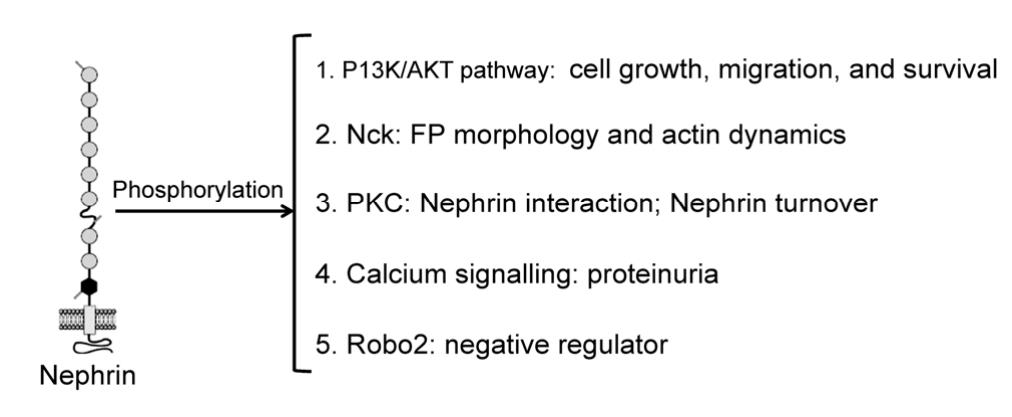
Fig1. Nephrin-mediated intracellular signaling pathways. (XueZhu Li, 2015)
NPHS1 related diseases
NPHS1 is a critical component of the slit diaphragm in podocytes and plays a vital role in maintaining the glomerular filtration barrier. Mutations or dysregulation of NPHS1 are associated with several kidney diseases. The most notable condition linked to NPHS1 mutations is congenital nephrotic syndrome of the Finnish type (CNF), which leads to massive proteinuria and kidney failure in infants. Additionally, NPHS1 mutations can cause focal segmental glomerulosclerosis (FSGS), characterized by scarring and hardening of glomeruli, leading to chronic kidney disease. Other related conditions include steroid-resistant nephrotic syndrome and minimal change disease, highlighting the importance of NPHS1 in renal health and function.
Bioapplications of NPHS1
The NPHS1 protein is a key structural component of the glomerular filtration barrier in the kidney, particularly in podocytes. It plays a critical role in maintaining the integrity of the slit diaphragm, which is essential for proper kidney function and preventing proteinuria. Mutations in the NPHS1 gene can lead to congenital nephrotic syndrome and are also implicated in various acquired kidney diseases, including focal segmental glomerulosclerosis (FSGS) and diabetic nephropathy.
Case Study
Case Study 1: Tomoko Ohmori, 2021
NPHS1 gene mutations, which encode nephrin, lead to congenital nephrotic syndrome due to defects in the glomerular podocyte slit diaphragm. Researchers established iPSCs from more patients with different NPHS1 mutations and found varied disease mechanisms. In one case, truncating mutations led to undetectable nephrin in organoids, while a missense mutation (R460Q) resulted in nephrin failing to form SD precursors on the podocyte surface. Notably, PODOCIN localization was also affected in a cell-specific manner. These iPSC lines and organoids provide valuable tools for understanding disease mechanisms and developing treatments.
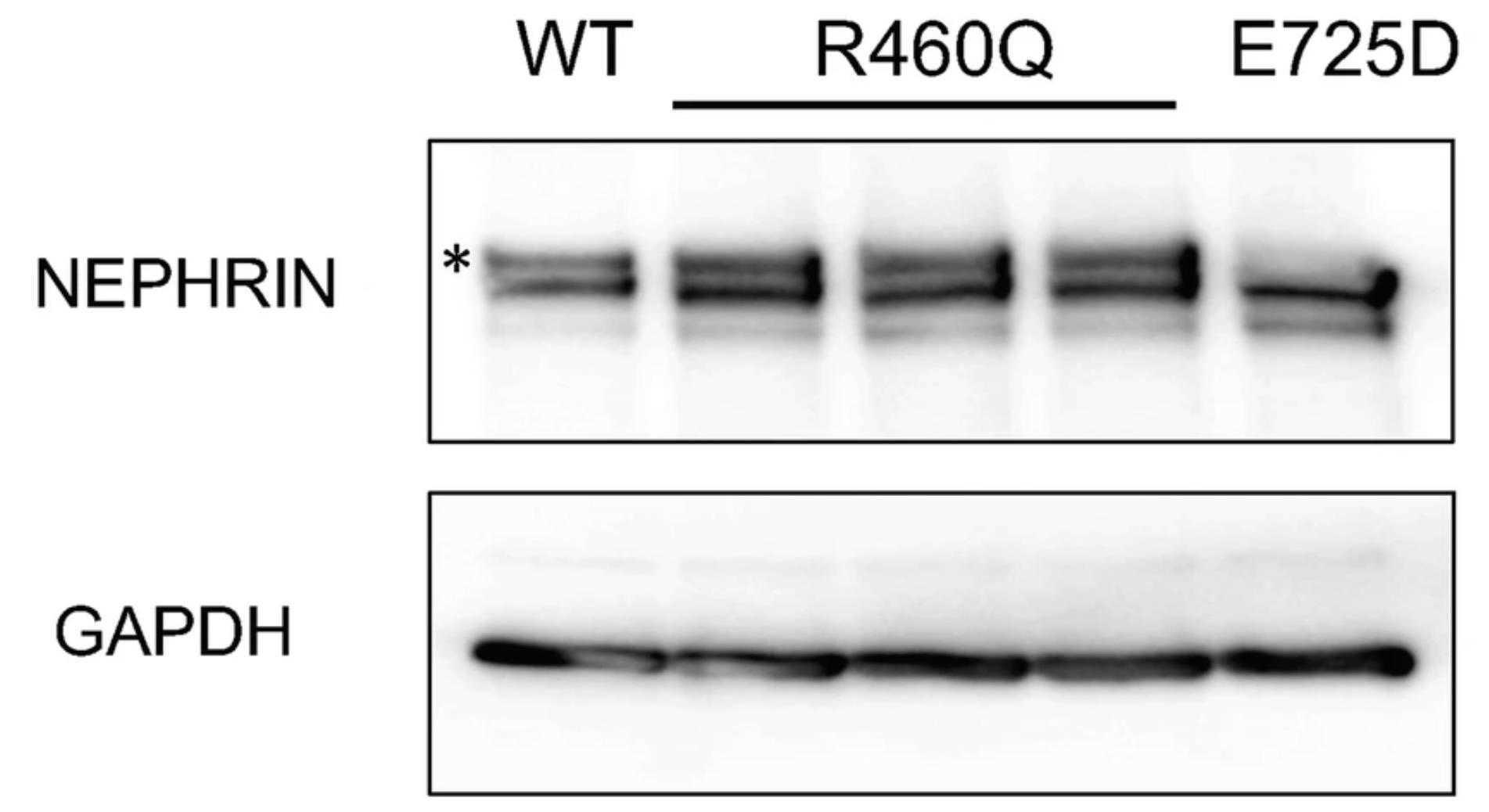
Fig1. Western blotting analysis of HEK293 cells overexpressing NEPHRIN.
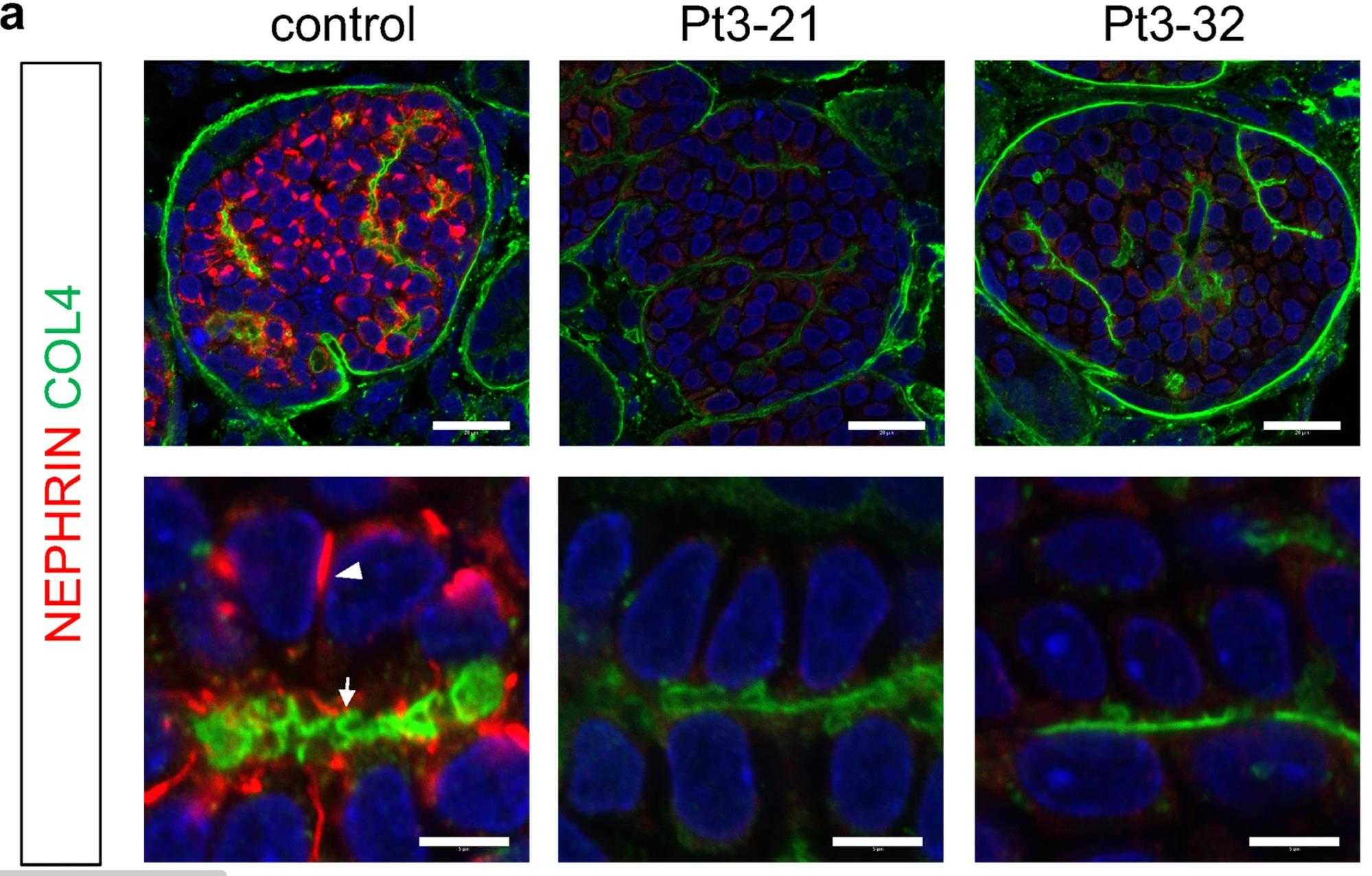
Fig2. Co-staining of NEPHRIN with type IV collagen (COL4).
Case Study 2: Nina Jones, 2006
The slit diaphragm, a crucial component of the glomerular filtration barrier in the kidney, is compromised by mutations in proteins like nephrin, which can lead to renal disease. Here nephrin interacts with Nck adaptor proteins, which regulate podocyte cytoskeleton and actin rearrangement. Nephrin's cytoplasmic tail, once phosphorylated, binds the Nck SH2 domain, and this interaction is essential for nephrin's role in actin reorganization. Mice lacking Nck in podocytes develop foot process formation defects and congenital nephrotic syndrome, revealing a key signaling pathway where nephrin links to Nck and the actin cytoskeleton in podocytes.

Fig3. Tyrosine residues and conserved YDxV motifs (boxed) in mouse, human and rat nephrin.
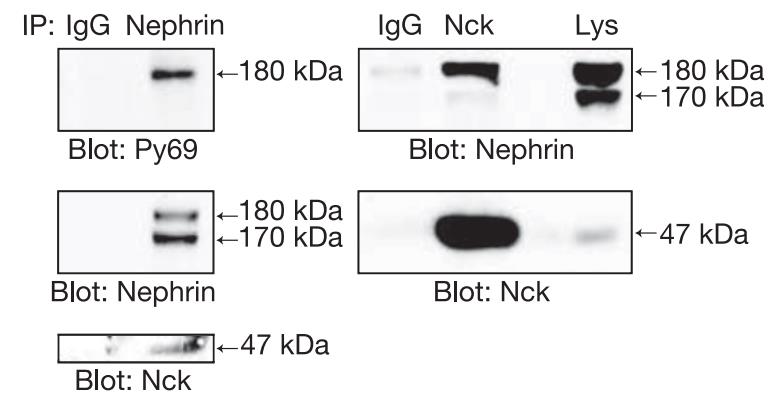
Fig4. Tyrosine-phosphorylated nephrin co-immunoprecipitates specifically with Nck (47 kDa) in vivo.
Quality Guarantee
High Purity
.jpg)
Fig1. SDS-PAGE (NPHS1-5640H)
.
.jpg)
Fig2. SDS-PAGE (NPHS1-6031H)
Involved Pathway
NPHS1 involved in several pathways and played different roles in them. We selected most pathways NPHS1 participated on our site, such as Cell-Cell communication,Nephrin interactions,Nephrin/Neph1 signaling in the kidney podocyte, which may be useful for your reference. Also, other proteins which involved in the same pathway with NPHS1 were listed below. Creative BioMart supplied nearly all the proteins listed, you can search them on our site.
| Pathway Name | Pathway Related Protein |
|---|---|
| Nephrin interactions | KIRRELA,KIRREL3L,KIRREL,KIRREL2,KIRREL3,KIRRELB |
| Nephrin/Neph1 signaling in the kidney podocyte | KIRREL |
| Cell-Cell communication | KIRRELB,PVRL2L,CADM2B,CDH12A,DST,INADL,KIRREL3,DSCAML1,CADM2,CDH5 |
Protein Function
NPHS1 has several biochemical functions, for example, myosin binding,protein binding. Some of the functions are cooperated with other proteins, some of the functions could acted by NPHS1 itself. We selected most functions NPHS1 had, and list some proteins which have the same functions with NPHS1. You can find most of the proteins on our site.
| Function | Related Protein |
|---|---|
| protein binding | FAM189B,TARBP2,ATG3,HLA-DRB3,PTGES3,EIF2S1,NAT10,PELI3,ASB7,SNF8 |
| myosin binding | GIPC1,ACTA1,KIRREL,CALM,ARFGEF1,SMYD1B,CALD1,ARFGEF2,USH2A,TRIM32 |
Interacting Protein
NPHS1 has direct interactions with proteins and molecules. Those interactions were detected by several methods such as yeast two hybrid, co-IP, pull-down and so on. We selected proteins and molecules interacted with NPHS1 here. Most of them are supplied by our site. Hope this information will be useful for your research of NPHS1.
IQGAP1;NCK1;NCK2;Was;tenA;eno;ALB
Resources
Related Services
Related Products
References
- Holmberg, C; Jalanko, H; et al. Congenital nephrotic syndrome and recurrence of proteinuria after renal transplantation. PEDIATRIC NEPHROLOGY 29:2309-2317(2014).
- Rheault, MN; et al. Nephrotic and Nephritic Syndrome in the Newborn. CLINICS IN PERINATOLOGY 41:605-+(2014).
